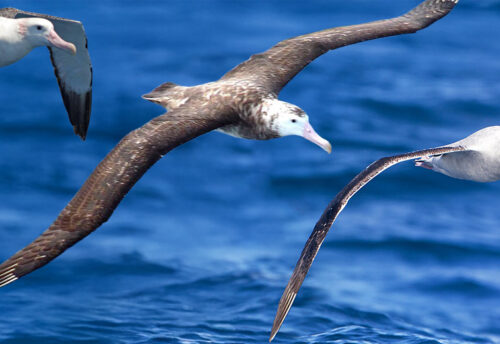
The Red Hills salamander is a large salamander species that hails only from southern Alabama, in the United States. They are the only species in the genus Phaeognathus. Sadly, these sallies face the threats of habitat destruction at the hands of the logging industry; hunting; trapping; and invasive species, that cause disease and predation. The IUCN lists these salamanders as Endangered. Their numbers are also decreasing.
First the Stats…
Scientific name: Phaeognathus hubrichti
Weight: Up to .4 ounce
Length: Up to 10 inches
Lifespan: Up to 36+ years old
Now on to the Facts!
1.) These salamanders are fossorial (spend all or most of their lives underground, in burrows).
2.) Their preferred habitat is a moist sandy loam soil in swamps and wetland forests.
3.) Red Hills salamanders are also threatened by a low reproductive rate, limited capability of dispersal, and a limited range.
4.) NatureServe considers this species to be Imperiled.
5.) The Nature Conservancy acquired 1,786 acres of land in southwestern Alabama in an attempt to provide acceptable habitat for supporting the survival of these critters.
But wait, there’s more on the Red Hills salamander!
6.) Overcollection, at 1 time, threatened the existence of these salamanders.
7.) Feral pigs also pose a threat to the Red Hills salamanders.
Did you know…?
They are the official state amphibian of Alabama.
8.) As is the case with many salamanders, Batrachochytrium salamandrivorans (aka Bsal) has threatened the existence of these sallies.
9.) Females only lay up to 7 eggs each breeding cycle. This low reproductive rate is another factor in their Endangered status.
10.) Eggs are laid in or near water and undergo the typical salamander metamorphosis from a fully aquatic larval salamander phase, bearing gills, to an adult (reabsorbing their gills) and then moving to land.
11.) Eggs take up to 60 days to incubate. The larval metamorphosis to adult takes up to 10 days.
Now a Short Red Hills Salamander Video!
Be sure to share & comment below! Also, check out the Critter Science YouTube channel. Videos added regularly!
Want to suggest a critter for me to write about? Let me know here.
Some source material acquired from: Wikipedia & IUCN
Photo credit: iNaturalist




